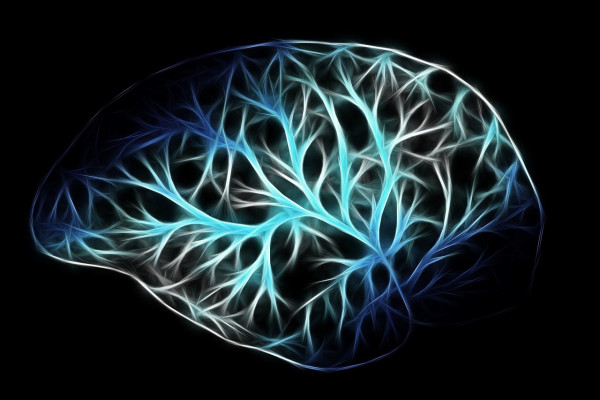Navigating Your Nerves- A Beginners Guide
Posted May 21, 2024 at 12:23
Posted May 21, 2024 at 12:23

When you see one of our Peak clinicians for an adjustment, you know we're working directly on your nervous system. But do you understand exactly what the nervous system is and how it interacts with your body? It is one of the most remarkable major systems in the body, serving as the primary control centre. As we discuss with all of our clients, the nervous system controls everything, and I want you to understand what we mean.
Simply said, the nervous system controls the body by sending messages or electrical signals from one part to another. Consuming almost 25% of your daily calories, the nervous system regulates every bodily function, every organ, every cellular process, every physiological and psychological reaction, and every thought you have!
The nervous system consists of two primary components:
The PNS is subdivided into two separate systems:
Another subdivision occurs, this time at the autonomic nervous system:
This has only been a brief overview of the nervous system, which has been broken down into consumable (or understandable) pieces. I hope this helps you comprehend just what a complex system it is and why it is so vital to us at PEAK that we help you keep yours functioning and communicating with your body correctly. We invite anyone who has never had their nervous system assessed to schedule an initial consultation with one of our expert clinicians to see how theirs is functioning.